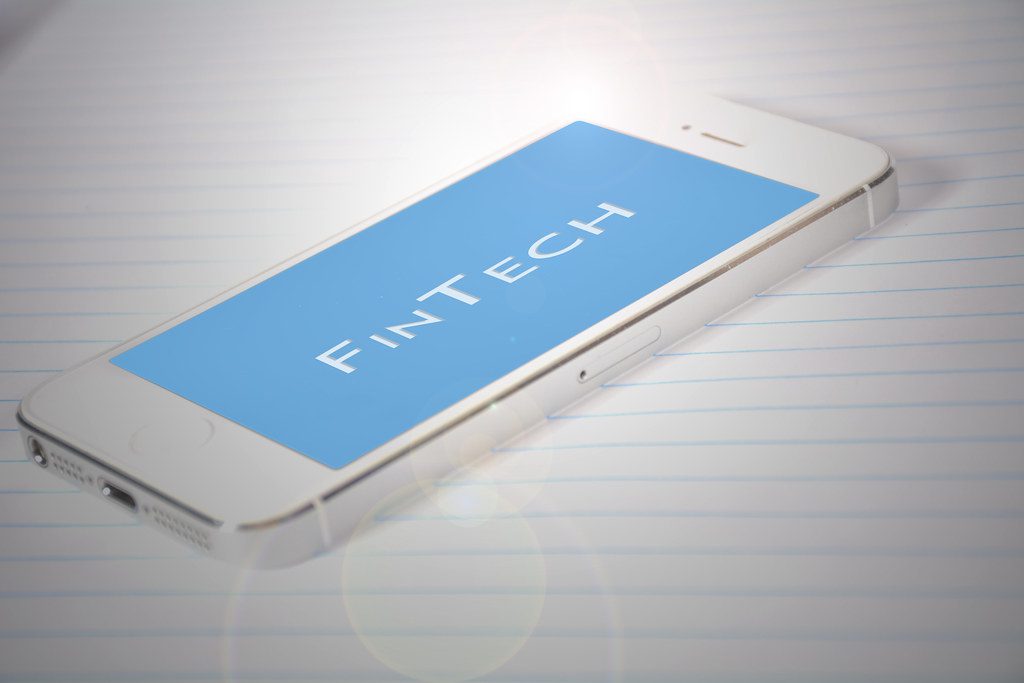Fintech, short for financial technology, has been making quite the rounds since the inception of companies like Google Pay and Policy Bazaar. The main proposition of these companies was to offer a different financial service than banking services.
Not only has fintech revolutionised how the market works, but it has also paved a new path for faster transactions and more transparent services. Whether it is transferring funds to a particular account or tracking expenses, fintech has you covered.
We can expect more exemplary service from new fintech giants as technology advances. If you’re interested in the industry, opt for fintech courses that focus on overall learning. Meanwhile, examine how 2023 has seen innovations from the rise of digital wallets to enhanced privacy features shaping consumer experience.
Overview of Fintech Innovations of 2023
Here are the top fintech innovations ruling the current market:
1. Expansion of open banking
Open banking is a practice which allows institutions to use APIs for better financial performance. Consumers can track their accounts and secure their private details via this type of banking.
Examples of open banking solutions
- Account aggregation platforms – These connect financial accounts to different banks via a single platform.
- Financial management apps – Like banking applications, these platforms tailor recommendations based on a user’s spending habits.
- Digital identity verification service – Via these services, fintech apps can verify a user’s identity across several platforms.
2. Rise of digital wallets
Digital wallets are the way to go in this fast-paced world. They are convenient for making online as well as in-person transactions. To know more about how digital wallets are winning the race, browse the top fintech courses in India offered by Imarticus.
Popular digital wallet solutions
- Apple Pay – Apple Pay is a premium service available among all Apple devices for making near-field communication (NFC) payments without hassle.
- Google Pay – With Google Pay, users can send and request money instantly and even store and use cards digitally. It also supports both mobile and web browser services.
- Samsung Pay – Samsung Pay provides mobile payment services using NFC and Magnetic Service Transmission (MST) technology. It is available on all Samsung devices.
3. Advancements in Artificial Intelligence and Machine Learning
AI and ML play a vital role in financial technology. AI can be exercised when automating processes or assessing and reducing risks in payment and identification processes. According to a Statista report, 43% of global financial businesses will adopt AI full-fledgedly by 2025.
Use cases of AI and ML solutions
- Fraud detection – Using AI algorithms, the system can analyse large volumes of data and identify fraudulent activities from time to time.
- Credit scoring and risk management – AI and ML models can analyse credit data quickly, thanks to the nature of their interactive systems. They can also assess financial history and third-party data sources to understand user habits and patterns and determine their creditworthiness.
- Virtual assistants – As with AI automation, virtual assistants offer a seamless communication feature for managing finances and tracking expenses.
4. Enhanced security and fraud prevention
The rise of fintech among banking institutions has also intensified the need for a secure transactional system. Fintech companies must employ the latest security and fraud prevention laws.
Case studies of fintech in preventing fraud
- Forter – Forter is a leading fraud detection and prevention platform that uses AI and machine learning to identify fraudulent transactions over its platform. It carries out this screening in real time.
- Socure – Source is a digital identity provider that collects its data from third-party platforms. Its main services are carrying out predictive analytics and building a robust customer profile by verifying their identities.
- BioCatch – As the name suggests, BioCatch specialises in behavioural biometrics, which detects frauds online. This platform uses a combination of AI and machine learning to analyse online behaviour via mouse-in-device movement.
Challenges and Limitations of Fintech Innovations
While fintech may seem to offer a win-win situation, it is important to note that it is not completely devoid of drawbacks. Some of the disadvantages include –
- Limited access to individuals without access to technology
- Potential security threat round the clock
- Disruption in the field of traditional banking institutions
- Financial exclusion for digitally illiterate communities
- Regulatory challenges as proposed by evolving laws
Conclusion
In the first three quarters of 2023, fintech has proven to have made a significant impact in different sectors. Right from the expansion of open banking to how transactions occur via AI and ML interference, fintech has maintained a proven record. A report by Statista suggests that fintech may grow by 13.11% by the end of 2027.
A career in fintech now can be extremely fruitful, cementing the dream of a bright future. While financial technology courses are on the make every year or so, finding one that teaches a comprehensive curriculum is important. The Professional Certificate in Fintech from S P Jain School of Global Management offers an opportunity to reach the fintech industry’s heights while offering a hands-on approach to the trade. Register now to secure a spot in the programme!




